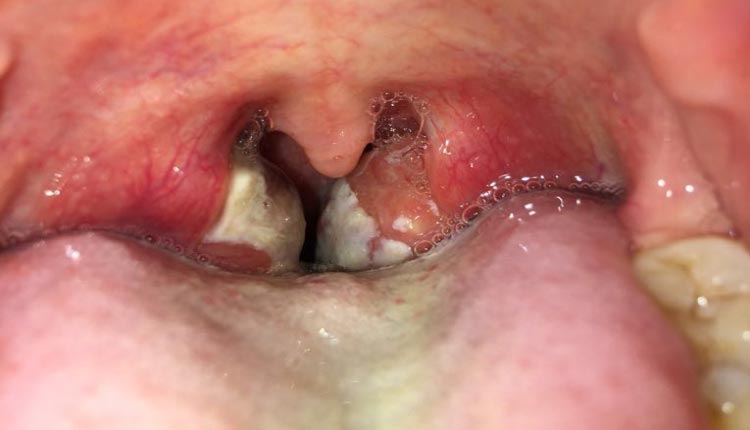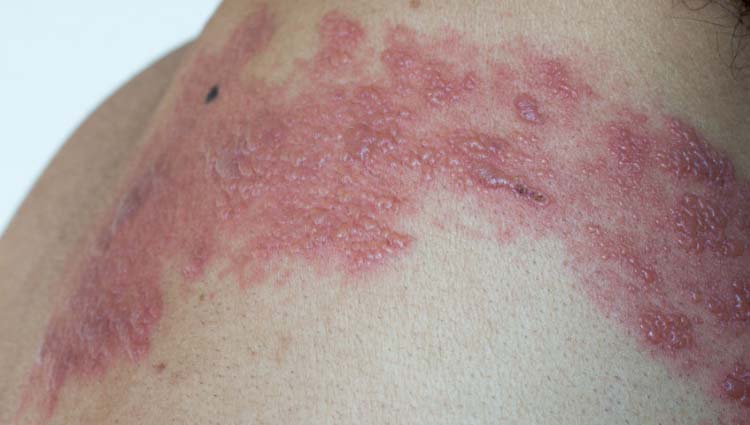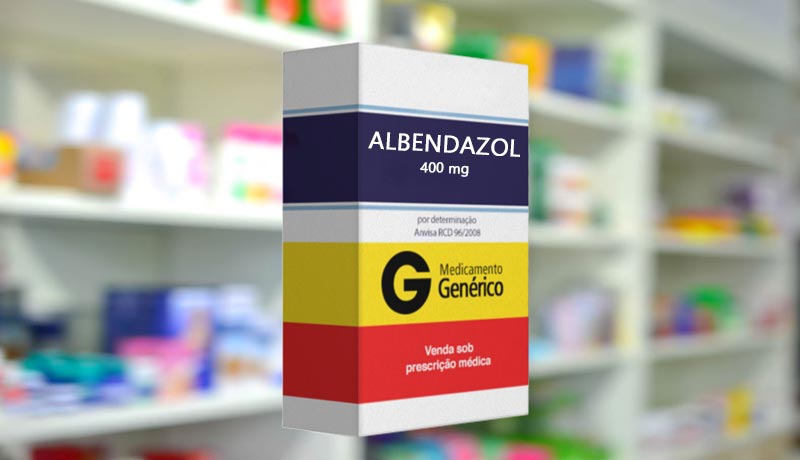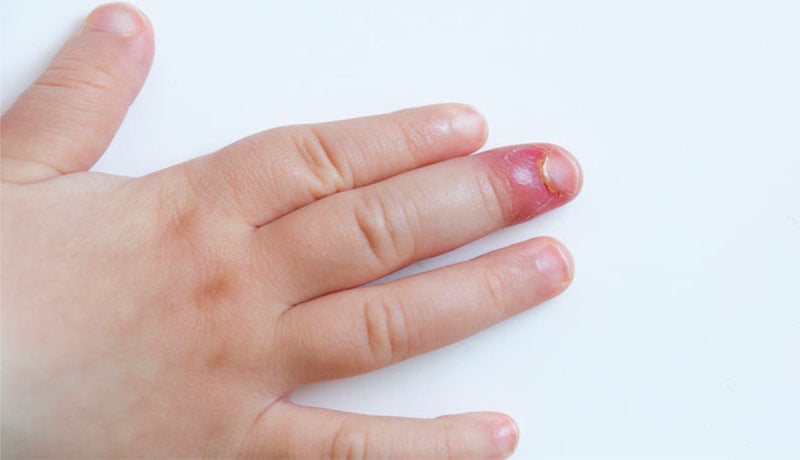What is a urinary tract infection?
A urinary tract infection (UTI) is the name given to an infection of any urinary tract structure, including the urethra, bladder, ureters, or kidneys. In over 95% of patients, the infection is bacterial in origin, with the Escherichia coli bacterium responsible for more than 80% of these cases.
No single treatment works for all forms of urinary tract infection. The most appropriate medication depends on the causative agent, the patient’s sex, the location of the urinary tract affected, the severity of the disease, and the patient’s clinical condition.
In this article, we will discuss the treatment of cystitis, the most common form of UTI.
UTI Treatment
Cystitis is the name given to a bladder infection. It is the simplest and most common form of urinary tract infection. Cystitis predominantly occurs in women and is uncommon in healthy men.
We will divide the explanation of the treatment of cystitis into five groups:
- Uncomplicated cystitis in women.
- Complicated cystitis in women.
- Cystitis in pregnant women.
- Cystitis in men.
- Positive urine culture in patients without symptoms.
Warning: Do not use this text for self-medication. It is the doctor’s job to prescribe antibiotics. The wrong choice can cause serious side effects and create resistant bacteria.
Uncomplicated Cystitis Treatment
Bladder infection in women without underlying health issues is referred to as uncomplicated cystitis. This type is the most prevalent among UTI.
The overwhelming majority of uncomplicated cystitis cases are attributed to the Escherichia coli bacterium (E.coli). However, other bacteria like Proteus mirabilis, Klebsiella pneumoniae, and Staphylococcus saprophyticus can also be culprits. Consequently, the treatment of uncomplicated cystitis in women should consistently incorporate an antibiotic that effectively targets these bacteria, primarily E.coli, accountable for over 80% of cases.
Selecting an antibiotic is most accurately done based on urine culture results, a urinary examination to pinpoint the specific infecting bacterium.
Besides identifying the bacterium in the urine culture report, the lab also presents a list of antibiotics that have demonstrated in vitro effectiveness against it. This list is termed an antibiogram. Therefore, when a doctor accesses the urine culture result, the antibiotic choice should invariably rely on the antibiogram.
It’s important to note that cystitis is generally a simple, easily treatable infection. Hence, a urine culture is not always necessary. Urine culture results take 2 to 4 days, which would postpone the initiation of treatment and symptom relief for several days. Given its distinct symptoms, the physician can initiate empirical antibiotic therapy without requiring lab tests in cases of suspected uncomplicated cystitis in women.
Antibiotics for Uncomplicated Cystitis
The most commonly administered medications for cystitis are antibiotics targeting bacteria typically responsible for urinary tract infections, especially E.coli. The top choices for empirical treatment (without antibiogram guidance) are:
- Nitrofurantoin 100 mg every 12 hours for 5 to 7 days.
- Trimethoprim-sulfamethoxazole (Bactrim) 160/800 mg every 12 hours for 3 days.
- Fosfomycin 3 g as a single dose.
- Levofloxacin 250 to 500 mg once daily for 3 days.
- Ciprofloxacin 250 to 500 mg every 12 hours for 3 days.
- Norfloxacin 400 mg every 12 hours for 3 days.
- Amoxicillin + clavulanate 500 mg every 12 hours for 5 to 7 days (pure amoxicillin, without clavulanic acid, is not highly effective for cystitis treatment).
The physician decides the optimal treatment, considering the E.coli sensitivity profile prevalent in each community. For instance, in some areas, E.coli’s resistance rate to Bactrim is notably high, making it a less favorable option for empirical therapy.
Pyridium (phenazopyridine) or Cystex (sodium salicylate plus methenamine) are not efficacious antibiotics and are not suitable for treating UTI. These drugs are merely analgesics or weak antibacterial agents, providing only temporary relief from urinary burning symptoms, without effective action against the bacteria.
Complicated Cystitis Treatment
Complicated cystitis is a bladder infection in women with a health condition that increases the risk of treatment failure. Typically, complicated cystitis occurs in patients with:
- Diabetes mellitus.
- History of acute pyelonephritis within the last 12 months.
- Prolonged symptoms of a urinary tract infection.
- UTI caused by multidrug-resistant bacteria.
- Hospital-acquired urinary tract infection.
- Kidney failure.
- Urinary tract obstruction.
- Kidney stones.
- Presence of a urinary catheter, ureteral stent, or nephrostomy.
- Recent instrumentation or surgeries of the urinary tract.
- Anatomical abnormalities of the urinary tract.
- Urinary incontinence.
- History of urinary tract infection in childhood.
- Renal transplant or other causes of immunosuppression.
Patients with complicated cystitis should always undergo urine testing, especially urine culture. It’s not necessary to wait for test results before initiating antibiotic treatment, but having an antibiogram and identifying the causative bacterium of the UTI within 2 or 3 days greatly assists in determining the next steps if the patient does not improve within the first 72 hours of empirical treatment. Generally, we advise patients to undergo a urine test at a laboratory and then begin antibiotic treatment.
Antibiotics for Complicated Cystitis
The preferred empirical treatment options (without antibiogram guidance) for complicated cystitis include:
- Levofloxacin 500 to 750 mg once daily for 5 to 14 days, depending on the case severity.
- Ciprofloxacin 500 mg every 12 hours for 5 to 14 days, depending on the case severity.
If there’s no improvement in 2 or 3 days, the antibiotic should be changed based on the antibiogram, which should be available by that time.
In cases of patients with kidney stones or urinary tract obstructions, surgical removal may be necessary for successful treatment. Similarly, patients with a bladder catheter or ureteral stent may need to replace them to eliminate the UTI. The bacteria can reside in any of these structures and “hide” from the antibiotic, making their elimination solely with antibiotics quite challenging.
Bladder Infection Treatment in Pregnant Women
Bladder Infection Treatment in Pregnant Women
Approximately 2% of pregnant women experience at least one episode of cystitis during their pregnancy. The risk of bacteria ascending from the bladder to the kidneys is higher in pregnant women, classifying all cystitis in this group as complicated cystitis.
Additionally, the presence of bacteria in the urine is linked to pregnancy complications such as premature birth, low fetal weight, and fetal death.
Due to the risk of fetal malformations, not all antibiotics are suitable for use in pregnant women. Therefore, pregnant patients require a different treatment approach from other cases of complicated cystitis.
Antibiotics for Cystitis in Pregnant Women
All pregnant women showing symptoms suggestive of cystitis should undergo a urine culture and start empirical antibiotic treatment. The optimal choices are:
- Nitrofurantoin 100 mg every 12 hours for 5 to 7 days.
- Cefpodoxime 100 mg every 12 hours for 3 to 7 days.
- Amoxicillin-clavulanate 500 mg every 12 hours for 3 to 7 days.
- Fosfomycin 3 g in a single dose.
- Cephalexin 500 mg every 12 hours for 3 to 7 days.
Trimethoprim-sulfamethoxazole (Bactrim) 160/800 mg every 12 hours for 3 days is an option, but only from the second trimester onwards, and should be avoided in the first 12 weeks of pregnancy. Quinolones, such as ciprofloxacin, norfloxacin, and levofloxacin, are contraindicated during pregnancy.
A week after treatment completion, the urine culture should be repeated to confirm bacterial elimination. If the urine culture is positive again for the same bacteria, the treatment should be repeated, this time for a longer duration.
Conversely, if the urine culture confirms bacterial elimination, it should be repeated monthly until the end of the pregnancy to ensure there are no new infections.
Treatment of Cystitis in Men
Cystitis is significantly less common in men than in women. This fact is attributed to factors like the longer urethra, drier periurethral environment, reduced bacterial colonization around the urethra, and the presence of antibacterial substances in the prostatic fluid.
Cystitis in men usually occurs in those with urinary tract abnormalities, either malformations in young children or urological diseases in older patients, such as prostate diseases. However, uncomplicated cystitis can occur in a small number of men aged between 15 and 50 without any health issues.
Antibiotics for Cystitis in Men
All men presenting symptoms indicative of cystitis should undergo urine culture and initiate empirical antibiotic treatment. The most effective options are:
- Trimethoprim-sulfamethoxazole (Bactrim) 160/800 mg every 12 hours for at least 7 days.
- Levofloxacin 500 mg once daily for at least 7 days.
- Ciprofloxacin 500 mg every 12 hours for at least 7 days.
- If there’s no improvement after 48 to 72 hours, treatment should be adjusted according to the urine culture and antibiogram results. In such cases, an investigation for potential urological anatomical changes should be conducted.
It’s crucial to remember that UTI symptoms in men don’t necessarily point to cystitis, as conditions like prostatitis or urethritis (e.g., in cases of gonorrhea) can exhibit similar symptoms. It’s important to consider these two conditions before attributing the symptoms to cystitis.
Asymptomatic Bacteriuria
Cystitis is an inflammation of the bladder caused by bacteria. The mere presence of bacteria in the urine without signs of bladder inflammation is not considered an infection, but rather a colonization.
An easy analogy to understand this is with the skin. Having bacteria on the skin is entirely different from having a skin infection. Therefore, the mere presence of bacteria in the urine is not enough to diagnose an infection. To be considered cystitis, the patient must exhibit symptoms of an inflamed bladder, such as pain during urination, blood in the urine, a constant need to urinate even when the bladder is empty, and so on.
Even in cases involving the E.coli bacterium, there are less virulent strains capable of proliferating in the urine but lack the potency to cause bladder inflammation. A positive urine culture, even for E.coli, in a symptomless patient should not be overly emphasized in most cases. Indeed, if the patient has no urinary complaints, requesting a urine culture doesn’t make sense.
The presence of bacteria in urine without symptoms is called asymptomatic bacteriuria and, in most instances, should not be treated with antibiotics. The only exceptions are pregnant women and patients undergoing urological surgery. In these cases, conducting a urine culture is advisable even without symptoms, and treatment should be based on the antibiogram results. In all other scenarios, treating asymptomatic bacteriuria offers no benefit and may even promote the development of resistant bacteria.
Frequently Asked Questions About UTI Treatment
Can UTI heal on their own?
Yes, occasionally. However, there are three reasons why antibiotic treatment is recommended in all cases:
1. Most patients (about 2/3) do not improve spontaneously from cystitis.
2. Even when symptoms disappear on their own, patients often experience a recurrence of cystitis a few weeks later.
3. An untreated urinary tract infection has a much higher risk, about five times greater, of progressing to a complication, such as pyelonephritis.Is there a way to instantly relieve a urinary tract infection?
No, not instantly. However, antibiotics start to alleviate urinary tract infection symptoms a few hours after starting treatment. 50% of patients notice an improvement after 6 hours of treatment, and 90% are symptom-free after 24 hours. If cystitis symptoms are very bothersome and the patient seeks quick relief, the analgesic phenazopyridine can be used while waiting for antibiotics to take effect.
Is there a single-dose antibiotic for UTI?
Yes, fosfomycin is a treatment option for uncomplicated cystitis, administered as a single oral dose of 3 grams.
What is the best antibiotic for urinary tract infections?
There are various antibiotics for treating urinary tract infections, and none is clearly superior to others. The choice of the most suitable antibiotic depends on several factors, such as the patient’s gender, symptom severity, dosage convenience, bacterial resistance profile in the community, past history of recurrent infections, and urine culture results.
Is azithromycin effective for UTI?
No, azithromycin is not a good antibiotic choice for cystitis.
Is metronidazole effective for UTI?
No, metronidazole is not suitable for treating cystitis. It is effective for certain types of vaginal infections but not urinary tract infections.
Is benzathine penicillin effective for UTI?
No, benzathine penicillin is not a suitable antibiotic for cystitis.
Are non-steroidal anti-inflammatories (NSAIDs), such as ibuprofen, ketoprofen, or nimesulide, effective for urinary tract infections?
Anti-inflammatories can relieve pain, but do not act directly on the bacteria. Ibuprofen, ketoprofen, or nimesulide alone cannot cure the infection; an antibiotic must also be prescribed.
Is avocado pit tea effective for urinary tract infections?
There is no good clinical evidence that avocado pit tea is effective.
Is there any tea that cures urinary tract infections?
There is no evidence that any tea or “natural treatment” effectively treats urinary tract infections. Some cases of cystitis may improve spontaneously, leading to the false impression that home treatment worked. Still, there is a high risk of complications or infection recurrence in the following weeks or months.
Can UTI be fatal?
Yes, particularly if the infection progresses to pyelonephritis and sepsis. However, most cystitis cases are easily treated and do not cause significant problems.
If a woman has a urinary tract infection, should the partner also be treated?
No, urinary tract infections are not sexually transmitted. They cannot be caught or passed on to others.
References
- Guidelines on Urological Infections – European Association of Urology.
- International Clinical Practice Guidelines for the Treatment of Acute Uncomplicated Cystitis and Pyelonephritis in Women: A 2010 Update by the Infectious Diseases Society of America and the European Society for Microbiology and Infectious Diseases – Clinical Infectious Diseases.
- Urinary tract infection (lower): antimicrobial prescribing – The National Institute for Health and Care Excellence (NICE).
- Acute simple cystitis in women – UpToDate.
- Acute simple cystitis in men – UpToDate.
- Urinary Tract Infection (UTI) and Cystitis (Bladder Infection) in Females Treatment & Management – Medscape.
Author(s)
Médico graduado pela Universidade Federal do Rio de Janeiro (UFRJ), com títulos de especialista em Medicina Interna e Nefrologia pela Universidade Estadual do Rio de Janeiro (UERJ), Sociedade Brasileira de Nefrologia (SBN), Universidade do Porto e pelo Colégio de Especialidade de Nefrologia de Portugal.









![Pictures: Syphilis – All stages [Warning: Strong Images]](https://www.mdsaude.com/wp-content/uploads/sifilis-imagem.jpg)




